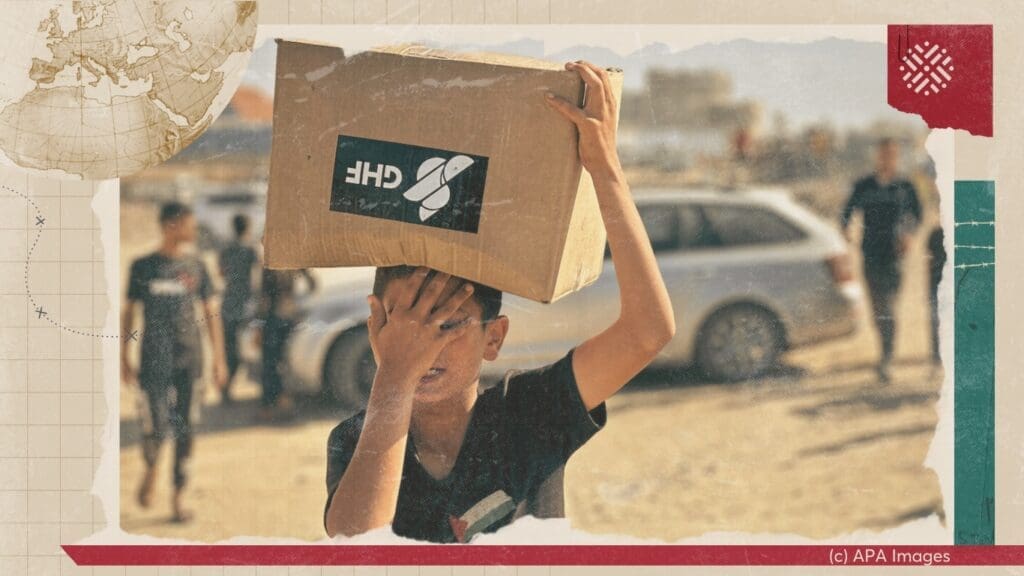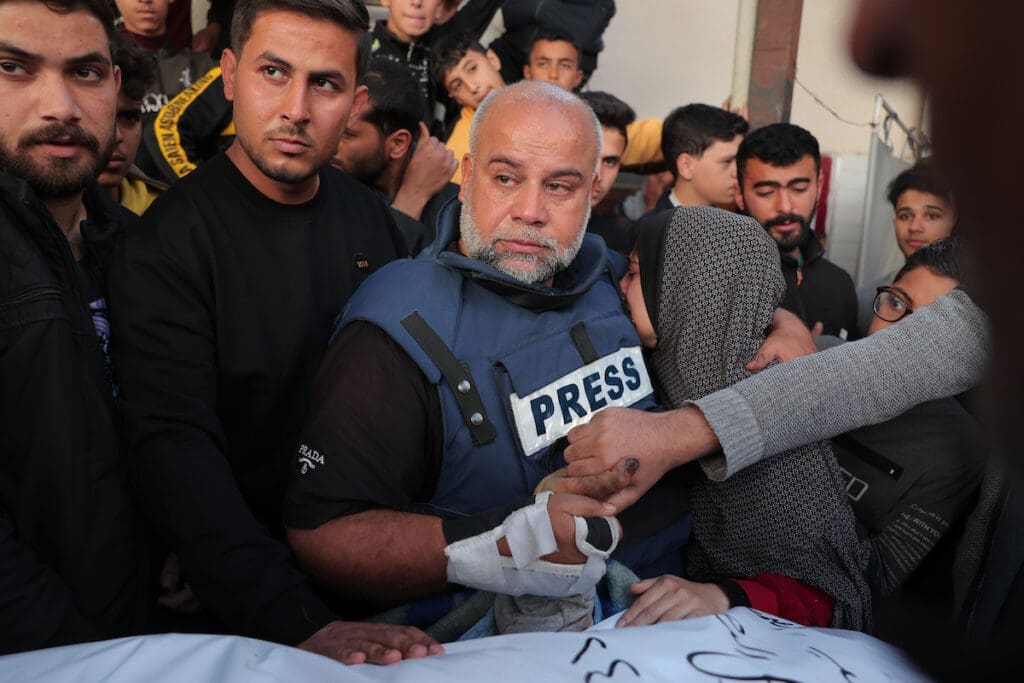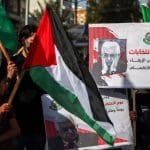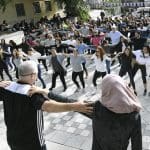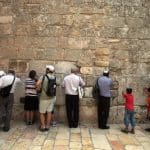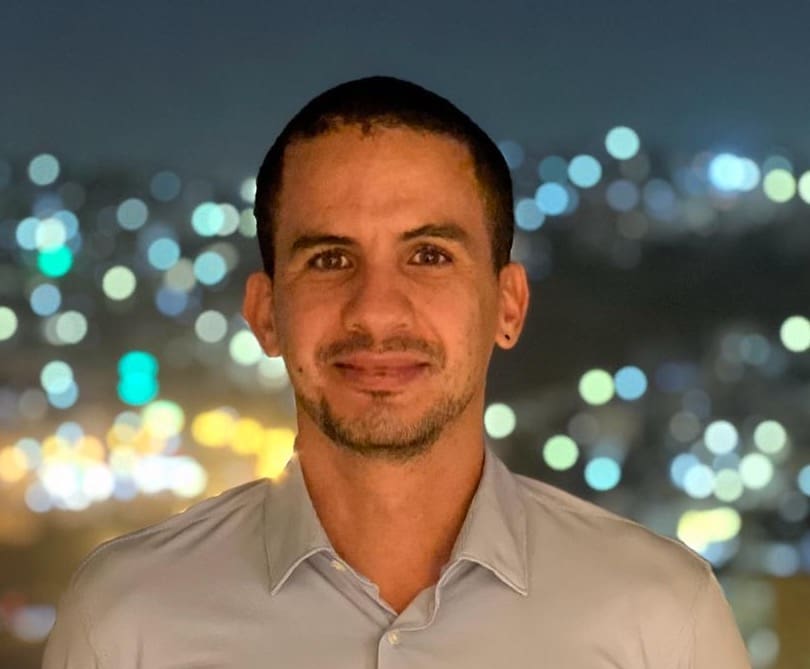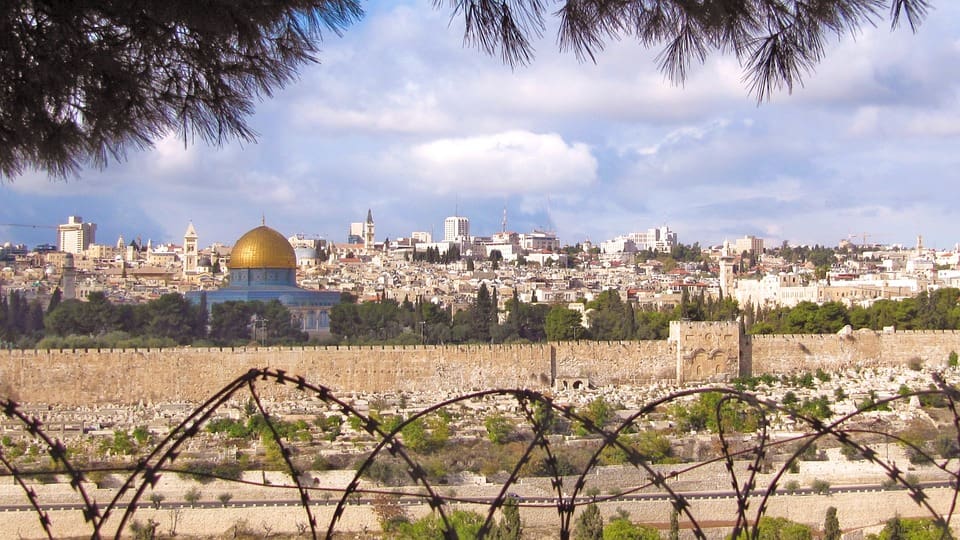
The dramatic events that have taken place the last few weeks in Gaza, Jerusalem, and across historic Palestine have been unfolding as Palestinians commemorate the 74th year of the Nakba on May 15.
How do the recent assaults on Palestinians in Jerusalem, Gaza, and across historic Palestine reflect the structural realities of Israel’s military occupation and settler-colonial foundations? Do the reactions of Palestinians across historic Palestine represent a change in the narrative of Palestinian resistance? How can the frameworks of settler colonialism and apartheid be employed to dismantle the practices that drive Israel’s violence?
Join guests Aseel Albajeh and Saleh Higazi alongside host Nadim Bawalsa as they navigate these questions and more in our forthcoming policy lab.



